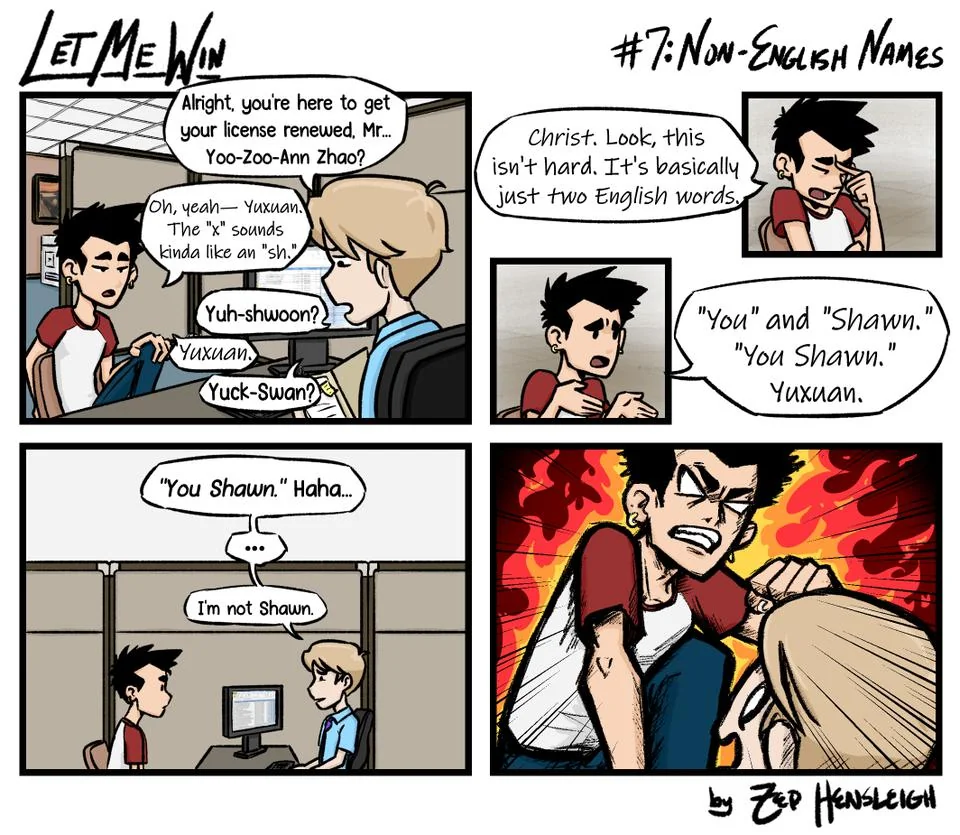this post was submitted on 16 Dec 2024
393 points (96.0% liked)
Comic Strips
13100 readers
4130 users here now
Comic Strips is a community for those who love comic stories.
The rules are simple:
- The post can be a single image, an image gallery, or a link to a specific comic hosted on another site (the author's website, for instance).
- The comic must be a complete story.
- If it is an external link, it must be to a specific story, not to the root of the site.
- You may post comics from others or your own.
- If you are posting a comic of your own, a maximum of one per week is allowed (I know, your comics are great, but this rule helps avoid spam).
- The comic can be in any language, but if it's not in English, OP must include an English translation in the post's 'body' field (note: you don't need to select a specific language when posting a comic).
- Politeness.
- Adult content is not allowed. This community aims to be fun for people of all ages.
Web of links
- !linuxmemes@lemmy.world: "I use Arch btw"
- !memes@lemmy.world: memes (you don't say!)
founded 2 years ago
MODERATORS
you are viewing a single comment's thread
view the rest of the comments
view the rest of the comments

It doesn't really sound like "sh" though, it's a different phoneme. You place the tip of your tongue in the centre of the gum ridge behind your bottom teeth, rather than the top one. They have that noise as well, and - unsurprisingly I suppose - it is written "sh". The former is a totally unfamiliar sound to a native English speaker, most people need that kind of specific coaching to produce it. Pinyin isn't perfect, I agree, but it primarily exists to be used by Chinese people who already know how their own language sounds.
Do people place the tip of their tongue on something when pronouncing "sh"?
Not quite, but that's where the channel for the air is formed, if you see what I mean. Placing the tongue is a cue for teaching the tongue position.